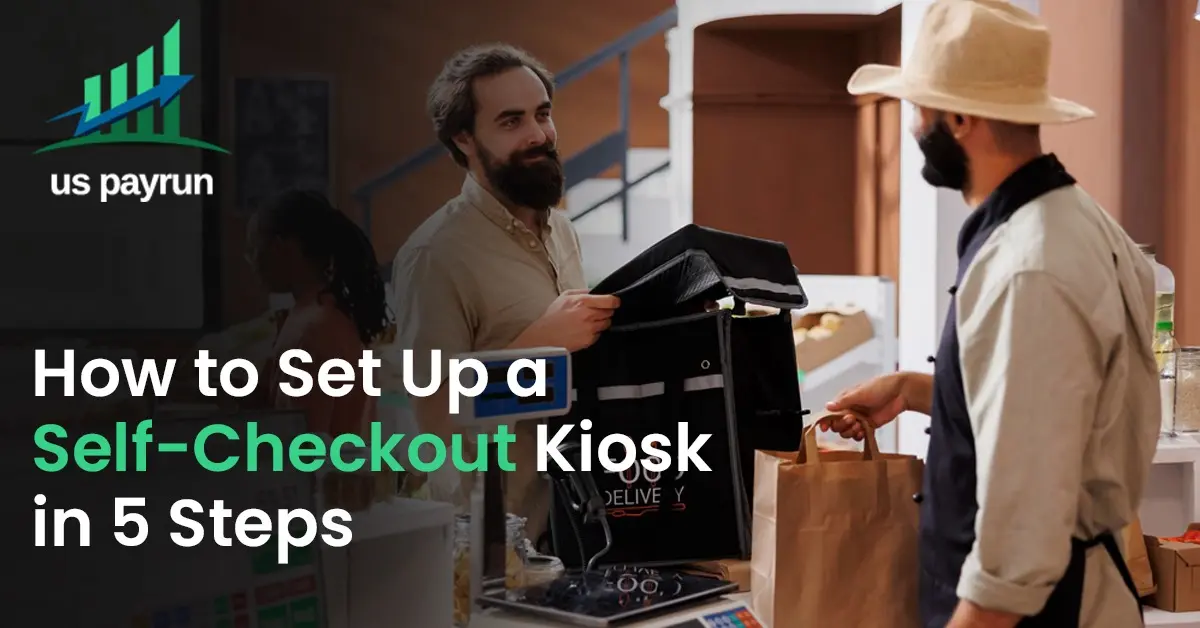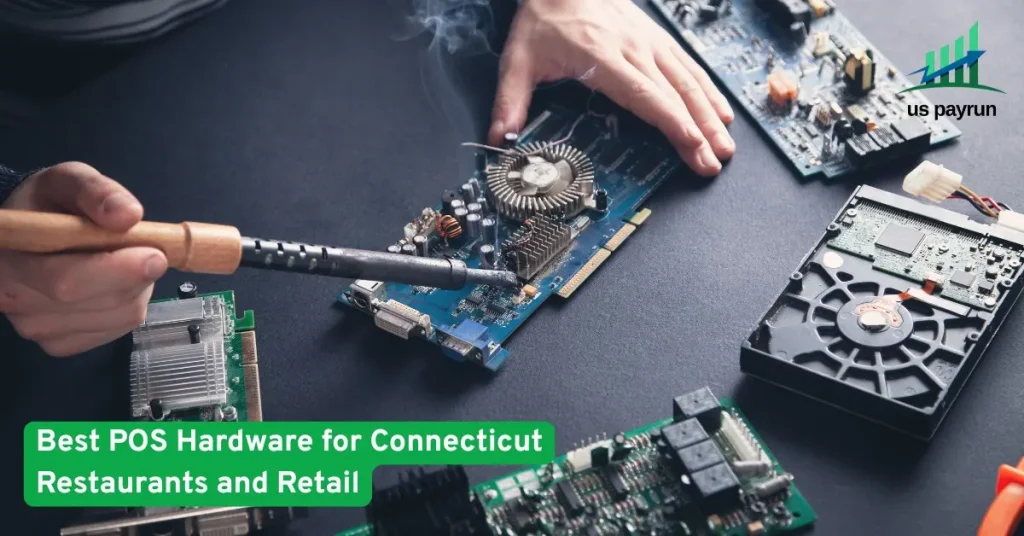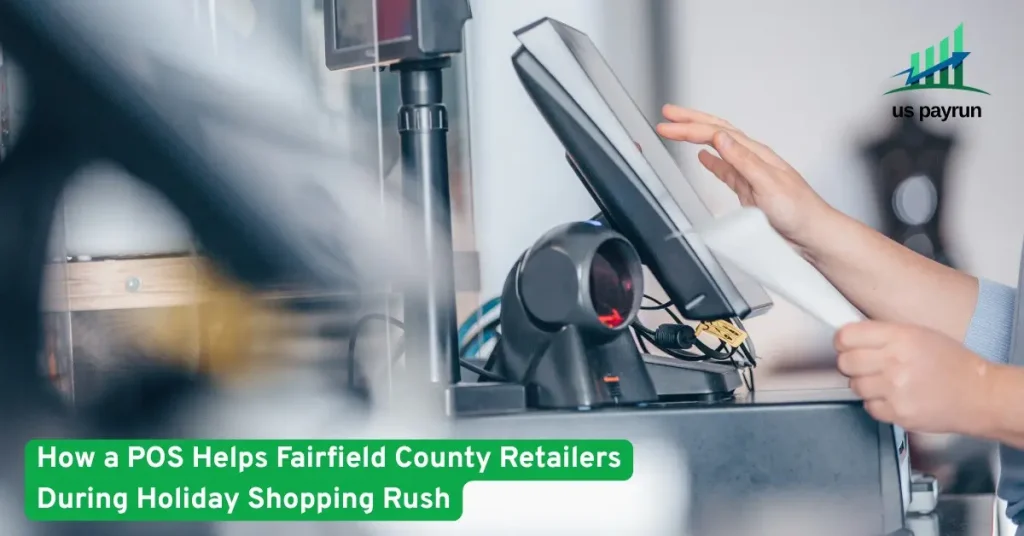
In today’s fast-paced world, providing a seamless shopping experience is more important than ever.
Self-checkout kiosks are transforming the retail landscape, offering convenience to both customers
and businesses. If you’re wondering how to set up a self-checkout kiosk in 5 steps, you’re in the right
place. Whether you’re a small business owner or part of a larger retail operation, this guide will walk
you through the entire process, helping you boost efficiency and improve customer satisfaction.
Step 1: Choose the Right Self-Checkout Kiosk
The first step to setting up a self-checkout kiosk is choosing the right system for your store. It’s
essential to consider the size of your retail space, the volume of customers you serve, and the type of
products you sell. A high-quality self-checkout kiosk should be easy to use, reliable, and compatible
with your point-of-sale (POS) systems. Look for kiosks with intuitive touchscreens, barcode scanners,
and integrated payment solutions, allowing customers to scan items and complete transactions
quickly.
In addition to the kiosk itself, you’ll also want to ensure that it integrates smoothly with your existing
software. Whether you’re using an in-house POS system or a third-party solution, compatibility is key
to providing a smooth experience for both your staff and customers.
Step 2: Set Up the Hardware and Software
Once you’ve selected your self-checkout kiosks, it’s time to set up both the hardware and the software.
Begin by positioning the kiosks in easily accessible locations within your store. Ensure that customers
have enough space to use them comfortably, while still maintaining the flow of foot traffic.
Next, connect the kiosk hardware to your store’s network and power sources. This step typically
involves installing the kiosks’ barcode scanners, printers, and payment terminals. Ensure all
components are securely connected and tested before moving on to software installation.
The software component is just as crucial. The self-checkout kiosk software should be configured to
sync with your inventory management system and process transactions efficiently. Make sure the
software is user-friendly and regularly updated to avoid any glitches during transactions. Integration
with your POS system is essential for ensuring that inventory levels are automatically updated as
items are scanned.
Step 3: Customize the User Interface for Your Customers
A seamless user experience is key when it comes to self-checkout kiosks. Customizing the user
interface (UI) is an important step in ensuring that customers can easily navigate through the checkout
process. The screen should be clear, intuitive, and easy to follow.
Customize the interface with your store’s branding, such as logos, colors, and other design elements,
to make the kiosk feel like a natural extension of your store. Additionally, ensure that the interface
includes helpful prompts and guides for users, especially if they are unfamiliar with self-checkout
systems. This can include simple instructions for scanning, payment, and completing their purchase.
It’s also important to include a language selection option, so customers can choose their preferred
language. This makes the kiosk more accessible and inclusive, allowing a wider range of customers to
use it with ease.
Step 4: Train Your Staff and Test the System
Before going live, it’s crucial to train your staff on how to operate and troubleshoot the self-checkout
kiosks. Ensure they understand how to assist customers, handle any issues that arise, and maintain the
kiosks regularly. Providing them with proper training will not only help ensure a smooth rollout but
will also enhance the customer experience.
Once your staff is trained, run a series of test transactions to make sure everything works as expected.
This is an important step to catch any potential issues with scanning, payment processing, or
inventory updates. You want to ensure that the kiosks are fully functional and reliable before
customers start using them.
Step 5: Monitor and Maintain the Self-Checkout Kiosks
After installation and training, the final step is to monitor and maintain your self-checkout kiosks.
Keep track of usage statistics, monitor for any issues, and gather customer feedback to continually
improve the system. Regular maintenance is essential for ensuring the kiosks stay in good working
condition.
You should also stay on top of software updates to ensure that your kiosks have the latest features and
security patches. Regularly check for updates to your POS system and inventory management
software to keep everything synchronized and running smoothly.
Why Choose Us for Your Self-Checkout Kiosk Setup?
At US Payrun, we understand the challenges of setting up a self-checkout kiosk and are here to
provide a seamless solution. With years of experience in retail technology, we help businesses like
yours enhance the shopping experience with state-of-the-art self-checkout systems. Our team offers
personalized support, ensuring that every kiosk is set up to meet your unique needs. We provide
ongoing maintenance and software updates, so you can focus on what matters most: your customers.
Frequently Asked Questions (FAQs)
1. What is the cost of setting up a self-checkout kiosk?
The cost varies depending on the type of kiosk, the hardware, and the software required.
2. Do I need an internet connection for a self-checkout kiosk?
Yes, a stable internet connection is essential for processing transactions and syncing inventory
in real-time.
3. Can a self-checkout kiosk handle all types of payments?
Most self-checkout kiosks are compatible with credit/debit cards, mobile wallets, and even
cash. Be sure to check the payment options during the setup process.
4. How do I troubleshoot a self-checkout kiosk?
Start by checking the network connection, scanning devices, and ensuring the software is
up-to-date. Staff training is key for quick troubleshooting.
5. Can self-checkout kiosks be integrated with my existing POS system?
Yes, integration with your POS system is crucial. Most self-checkout kiosks are designed to
sync with your existing system for seamless operations.
6. Do I need additional hardware for the kiosks?
Additional hardware such as barcode scanners, printers, and payment terminals may be
required depending on the features you choose.
7. Are self-checkout kiosks secure?
Yes, self-checkout kiosks are designed with secure payment processing and data encryption to
protect customer information.
8. Can I customize the user interface of the kiosk?
Yes, the user interface can be customized to reflect your store’s branding and provide a
user-friendly experience.
9. How often do I need to maintain the self-checkout kiosks?
Regular maintenance is important to keep the kiosks running smoothly. This includes
checking for software updates, ensuring hardware functionality, and monitoring usage.
10. Will customers know how to use the kiosks?
Yes, by customizing the user interface and providing clear instructions, customers can easily
navigate the kiosk. Staff training ensures they can assist as needed.
Set Up Your Self-Checkout in 5 Simple Steps
Setting up a self-checkout kiosk in 5 simple steps can enhance the shopping experience for both you
and your customers. From choosing the right kiosk to ongoing monitoring and maintenance, each step
ensures seamless integration with your business. Ready to streamline your retail operations? Reach
out to us today, and let’s get started on setting up the perfect self-checkout kiosk for your store!
Enhance Efficiency with Expert Self-Checkout Kiosk Solutions
At US Payrun, we offer personalized support for all your self-checkout kiosk needs. From installation
to ongoing maintenance, we ensure your kiosk solution meets the highest standards, providing your
business with efficiency and improved customer satisfaction.
Contact us today to learn more about how we can help your business thrive!



